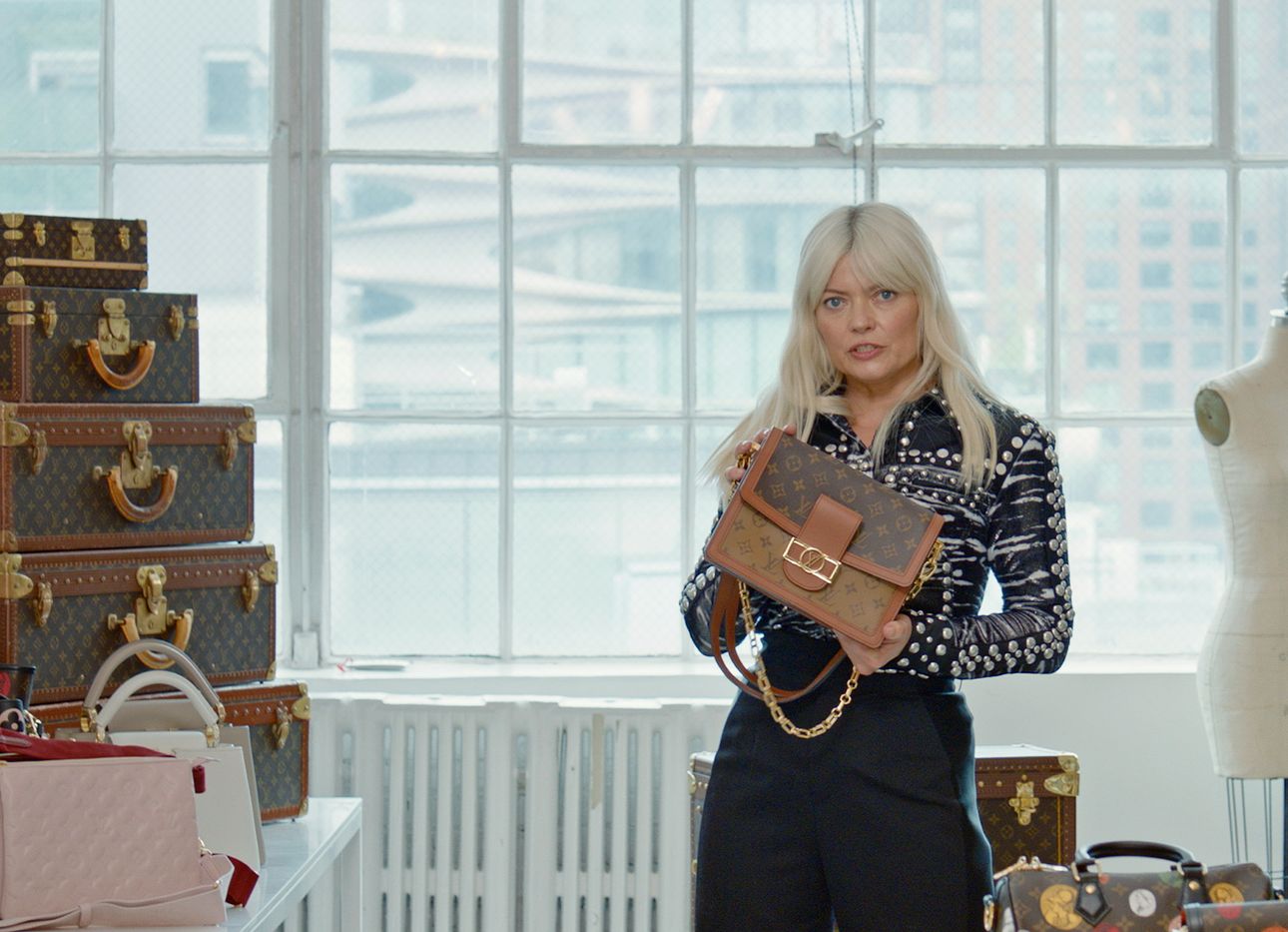
How Louis Vuitton Evolved From Parisian Trunk-Maker to International Luxury Juggernaut
Luxury and utility don’t often go hand in hand. French fashion house Louis Vuitton, however, is a clear exception: As stylist Kate Young explains on the latest episode of Hello Fashion, her YouTube show created with The Slowdown, the house—though now one of the world’s most recognizable fashion brands—was originally “built by a luggage-maker who was innovative, who thought about things in a very practical way: how to travel with things, how to make bags lighter, how to make them more practical.” In the episode, Young walks us through the evolution of the house and its designs, which have consistently checked the boxes for both form and function.
Young covers the brand’s entire chronology, which begins, naturally, with M Louis Vuitton himself. She explains that Vuitton began his career in 19th-century Paris as an apprentice for a box-maker and packer. (At the time, the aristocracy traveled by wagon with an abundance of belongings, including artwork, furniture, and musical instruments, in addition to clothes, and so hired packers to load their trunks carefully and far in advance). After earning acclaim as the favored packer of Empress Eugenie of France, Vuitton opened his own packing and boxing business and—spurred by the transformation of travel due to the Industrial Revolution’s introduction of the steam engine—soon invented the first canvas trunk. “It was really the invention of modern luggage,” Young says.
Louis Vuitton’s custom trunk collection has since become one of its hallmarks, as Young points out, and has expanded over time to include pieces made specifically to hold certain objects, such as stereos, records, or even caviar. One trunk, made for an explorer to carry on safari, contains a sleeping cot; another, made last year by Louis Vuitton Men’s Collection’s artistic director, Virgil Abloh, contains a tent. Another was crafted specifically for the purpose of sending flowers. In Young’s eyes, all exemplify the house’s “spirit of eccentricity, of luxury, of travel, and of individuality and quirkiness.”
Young then delves into the tremendous influence that Georges Vuitton, who inherited the company upon his father’s death, had on the brand. She explains that Georges’s consideration of modern women’s needs led him to create some of the house’s most iconic handbags, among them the Speedy, the Keepall, the Neverfull, the Noe, the Alma, the Dauphine, and the Capucines. Perhaps Georges’s most prominent contribution to the brand was the placement of his father’s initials, L.V.—now an internationally recognizable brand marker—on the exterior of all of the brand's pieces.
Finally, Young speaks about Louis Vuitton’s collaborations with artists, an arrangement that was especially frequent under the direction of Marc Jacobs, who came to the company in 1997. In particular, she highlights collaborations with Steven Sprouse, whose line of graffitied bags were at once “reverential” yet “naughty”; Takashi Murakami, whose rainbow-logoed Louis Vuitton bags have become some of the brand’s most collectible; and Fornasetti, whose eclectic imagery gave the bags “a different personality, a little bit of fun.”
Looking toward the future, Young notes that the brand’s innovative spirit is by no means waning. “It’s incredible how this house has always stayed on trend,” she says. “Always moving forward, always evolving. [Through forward-minded leadership], they’ve managed to create the number one luxury brand in the world.”
Watch new and previous episodes of Kate Young’s YouTube show Hello Fashion at youtube.com/kateyoung.